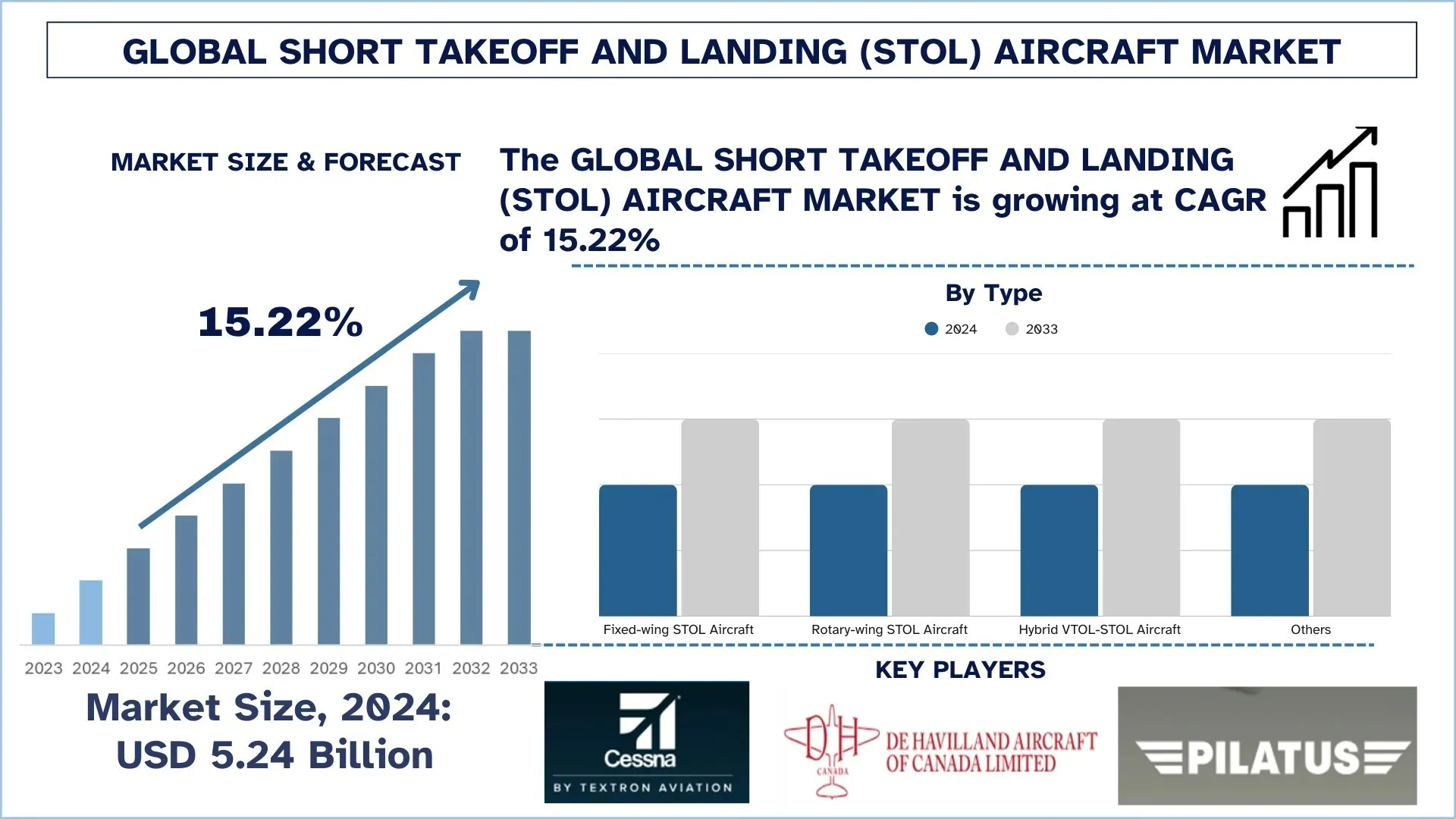Financial Gamification: How Fintech App Development Companies Are Turning Banking into Behavior
Let’s face it—finance hasn’t always been exciting. Budgeting, saving, and investing were traditionally associated with spreadsheets, statements, and stress. But in 2025, things look different. Now, users are checking their budgets like they check social media—not because they have to, but because they want to. Why? Because modern fintech apps are embracing gamification.
At the heart of this transformation is the innovative Fintech app development company, reimagining money management through behavioral design. And interestingly, many of these innovations are rooted in strategies long used by every smart Education app development company—engagement loops, rewards, progress tracking, and adaptive feedback.
What Is Gamification in Fintech, Really?
Gamification doesn’t mean turning finance into a game—it means applying game mechanics to non-game experiences to drive behavior. In fintech, this can mean:
-
Awarding points for hitting savings goals
-
Unlocking badges for completing financial literacy tasks
-
Using levels to guide users through increasingly complex investment strategies
It’s not gimmicky—it’s behavioral science. By tapping into motivation, feedback, and social proof, gamified fintech apps create stickier, more impactful user experiences.
Why Gamification Works for Financial Behavior
Traditional financial apps often assume that users are rational decision-makers. But research shows most people struggle with long-term planning, delayed gratification, and impulse control—especially when money is tight.
Here’s where gamification comes in:
-
Micro-rewards provide instant feedback for good decisions (e.g., saving today).
-
Progress bars and streaks build daily habits.
-
Narrative framing helps users visualize financial success in relatable terms.
-
Challenges and competitions inject a social layer into personal finance.
Just like students are more likely to complete a learning module if it’s fun and trackable, users are more likely to complete a financial goal if it feels like a game.
Examples of Gamified Fintech in Action
-
Monzo & Revolut – Round-up savings features with celebratory animations.
-
Acorns – Investment app that uses milestones, achievements, and visual goal trackers.
-
Gimi (Sweden) – A financial education app for kids and teens that mimics mobile game structures while teaching personal finance.
These apps don’t just inform—they inspire. And they reflect a design sensibility borrowed directly from top Education app development companies, which have long understood that motivation and understanding go hand in hand.
What a Fintech App Development Company Must Consider
Building gamified experiences isn't just about visuals or gimmicks. It requires a clear product strategy and deep user insight:
-
Behavioral Mapping: Understand the user’s journey from first download to financial mastery.
-
Emotional Design: Build experiences that feel rewarding without being manipulative.
-
Ethical Guardrails: Ensure that gamification doesn’t promote risky financial behavior (like over-borrowing or over-spending).
-
Localization: Cultural differences influence what kinds of game mechanics work across markets.
A well-equipped Fintech app development company will build platforms that are both engaging and responsible, often drawing on research from educational psychology and game-based learning.
EdTech Inspiration: Gamifying Knowledge, Not Just Actions
Gamification has been the backbone of many successful Education app development companies. Apps like Duolingo, Khan Academy, and Quizlet have used:
-
Streaks and XP points
-
Interactive quizzes
-
Achievement-based progression systems
Fintech can adopt similar models. Imagine:
-
Earning points for completing financial literacy modules
-
Unlocking advanced investment features after completing tutorials
-
Getting badges for building emergency savings or improving credit scores
It’s not just about making finance fun—it’s about making it stick.
The UX Behind Financial Games
Gamification done right is seamless. It blends into the interface, guiding behavior without overwhelming users. Critical UX principles include:
-
Visual storytelling: Turn abstract numbers into narratives.
-
Real-time feedback: Reinforce good behavior instantly.
-
Customizable paths: Let users set their own goals and pace.
For a Fintech app development company, that means collaborating closely with behavioral economists, game designers, and UX researchers. The result? Apps that feel less like banking and more like progress.
Risk Management: When Fun Becomes Friction
Gamification isn't risk-free. Done poorly, it can backfire:
-
Over-gamification can confuse or annoy users.
-
Rewards without relevance can feel hollow.
-
Manipulative mechanics may encourage overspending or speculative investing.
That's why responsible design matters. Drawing from the Education app development company approach to scaffolding (offering the right help at the right time), fintech teams can calibrate difficulty, reward timing, and nudges with precision.
The Future of Gamified Finance
-
AI-Personalized Challenges: Just like learning apps adjust difficulty, financial apps will tailor goals based on spending habits, personality, and goals.
-
Social Leaderboards: Saving and investing as a team sport, with shared goals and friendly competition.
-
Augmented Reality Finance: Visualizing savings or debts as digital objects in the real world—adding tangible context to abstract numbers.
-
Emotionally Intelligent Interfaces: Apps that detect user stress and respond with reassurance or educational support.
As gamification matures, it won’t just be about engagement—it will be about empathy.
Conclusion: Designing Finance for the Human Brain
Money is emotional. It’s tied to fear, hope, security, and identity. The best apps of tomorrow will not treat finance as a utility—they’ll treat it as a journey.
That’s why every leading Fintech app development company in 2025 must design with behavioral depth. And to do so, they must often borrow insights from the Education app development company playbook—because the goal is the same: transformation through engagement.
Gamification isn’t a trend—it’s a toolkit. When used ethically and intelligently, it turns complex, intimidating processes into experiences that are accessible, empowering, and even enjoyable.
In a world where financial literacy is power, gamified fintech might just be the most powerful tool we have.







